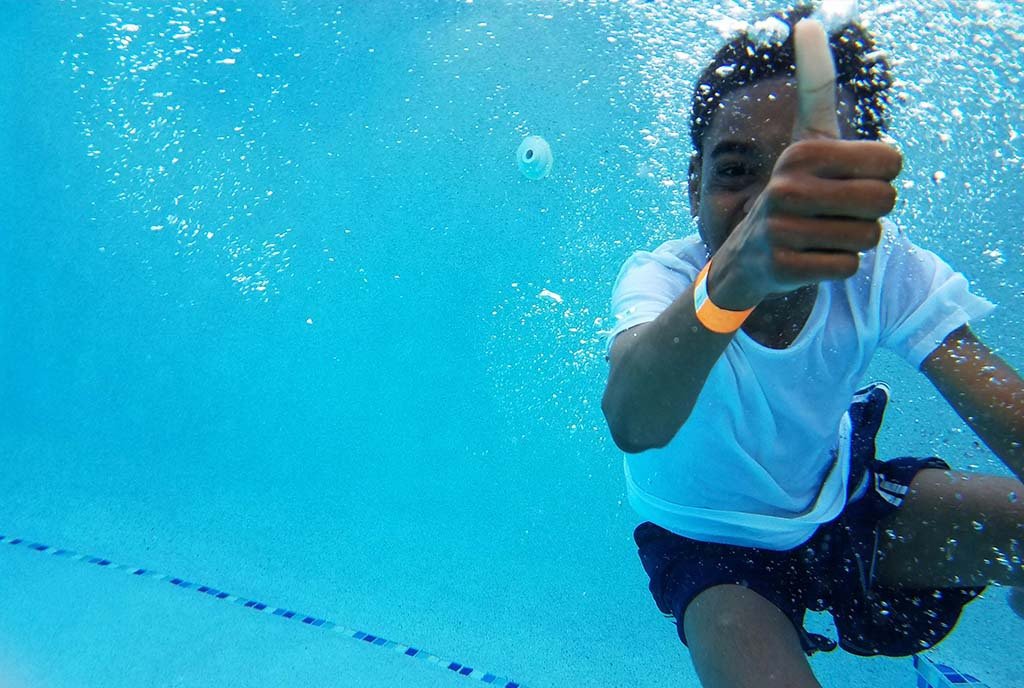December 7, 2011; Source: ABC News | It is no surprise that the number of students attending charter schools has skyrocketed in recent years. The Obama Administration has been forthright in its advocacy of charter schools, for example, convincing states to life caps on charter schools or make charter school creation easier under the “Race to the Top” program of Secretary Arne Duncan’s Department of Education. The National Alliance for Public Charter Schools says that more than 2 million pupils attend charter schools, an increase of 200,000 (or 13 percent) over the previous year, and 500 new charter schools opened in the 2011–2012 school year. The Alliance calculates about 4.5 percent of all public school pupils attending charters, which account for 5 percent of all schools.
The states with the largest increases in charter school pupils were California (47,000), Florida (23,500), Texas (22,000), and Ohio (12,000).
Sign up for our free newsletters
Subscribe to NPQ's newsletters to have our top stories delivered directly to your inbox.
By signing up, you agree to our privacy policy and terms of use, and to receive messages from NPQ and our partners.
The Alliance acknowledged that the growth in charter schools, even as local school districts cut their budgets and laid off teachers, is attributable in part to financial help from private foundations and targeted charter school–friendly grant programs from the Department of Education. But charter school performance is mixed, some doing well, others fumbling the ball. Last year, Florida began grading charter schools, giving more than half of them an “A,” but the charter school in Jacksonville, managed by the high-flying nonprofit charter school manager, KIPP (Knowledge is Power Program), got an “F.”
When it comes to teaching and curriculum, are charter schools doing innovative things in the classroom that regular public schools don’t know about? Is the proliferation of charter schools having the impact on traditional schools its proponents say it should in terms of improving their performance? Or, as some people might suggest, does the innovativeness of charter schools mostly have to do with what they do outside the classroom, with the teaching techniques not necessarily breaking new ground that traditional public schools themselves aren’t exploring? Let us know!—Rick Cohen













